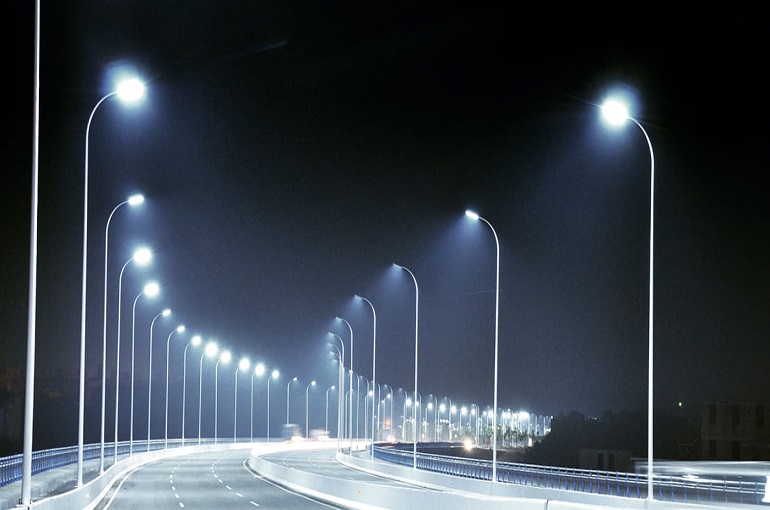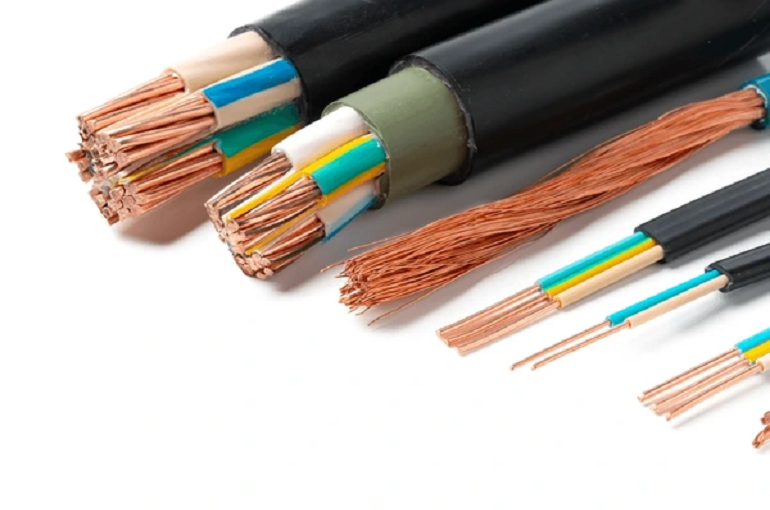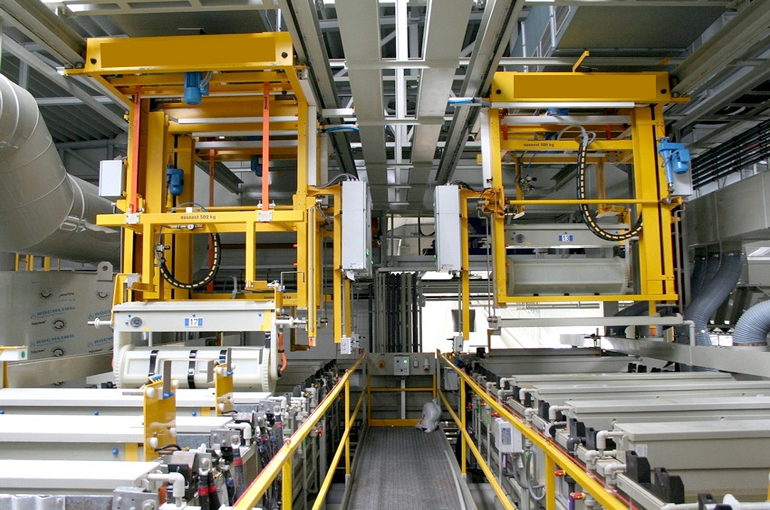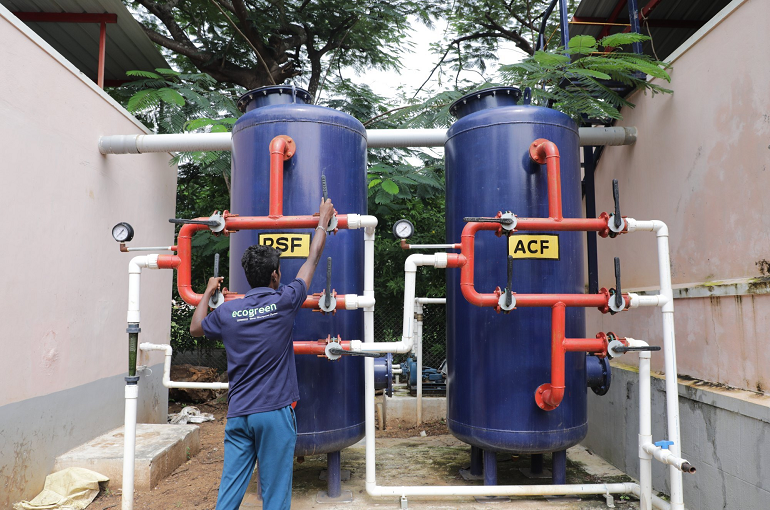The drainage network plays a crucial role in managing water flow and preventing flooding in urban areas. It consists of a series of pipes, culverts, and channels that collect and redirect rainwater away from streets, buildings, and other infrastructure. Proper drainage infrastructure is essential for maintaining public health and safety, as well as preserving the integrity of buildings and roads.
One of the key functions of the drainage network is to prevent standing water, which can become a breeding ground for mosquitoes and other disease-carrying insects. By efficiently removing excess water from urban areas, the drainage network helps to reduce the risk of waterborne illnesses and other health hazards.
In addition to protecting public health, the drainage network also plays a crucial role in safeguarding infrastructure. Excess water can weaken the foundations of buildings, erode roads, and damage other structures. By efficiently managing water flow, the drainage network helps to minimize the risk of structural damage and prolong the lifespan of infrastructure.
Proper maintenance of the drainage network is essential to ensure its effectiveness. Regular inspections, cleaning, and repairs are necessary to prevent blockages and ensure that water can flow freely through the system. Inadequate maintenance can lead to clogs, backups, and ultimately, flooding.
In conclusion, the drainage network is a critical component of urban infrastructure that helps to protect public health, prevent flooding, and preserve the integrity of buildings and roads. By managing water flow effectively, the drainage network plays a vital role in creating safe and livable urban environments.











.png)



